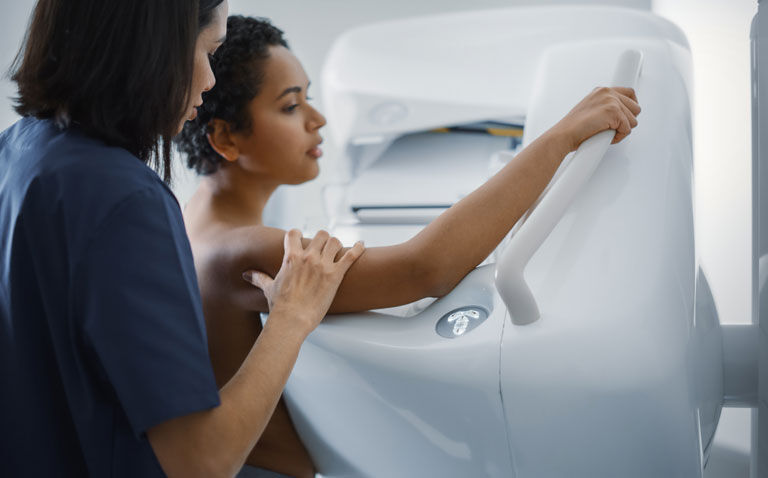Breast density is strongly associated with a family history of breast cancer underscoring the need for annual screening of premenopausal women
Breast density (BD) assessed on mammography is positively associated with a family history of breast cancer in premenopausal women, highlighting the importance of regular screening. This was the conclusion of a study by researchers from the Division of Public Health Sciences, Department of Surgery, Washington University School of Medicine, Missouri, US.
The amount of radiologically dense breast tissue seen on mammography is termed mammographic density. Moreover, increased mammographic breast density is a moderate independent risk factor for breast cancer. In addition, studies have shown that having a family history of breast cancer was more strongly associated with mammographic breast density.
However, this is not a universal finding with one study in premenopausal Chinese women finding no significant associations between mammographic density and a family history of breast cancer.
With some uncertainty over the relationship between the measured density of breasts and a family history of breast cancer (FHBC), the US team sought to clarify this relationship using both quantitative methods using Volpara and qualitative methods such as the Breast Imaging Reporting and Data System (BI-RADS) in premenopausal women.
The researchers focused specifically on premenopausal women because after the menopause, the breast tissue becomes less dense.
They recruited two groups of women, a discovery set who were recruited during routine screening and had their density measured using Volpara which calculated a volumetric percent density. The second and validation set, were also recruited during routine screening but this time, density was assessed qualitatively using BI-RADS.
The researchers set their primary outcome for the study as mammographic BD using both methods. The primary exposure of interest was a family history of breast cancer which was defined in terms of presence in a first-degree relative which was dichotomised as yes/no.
Multivariable regression models, adjusted for age, body mass index, ethnicity and alcohol intake, were used to estimate the risks of density and family history of breast cancer.
Breast density and family history of breast cancer
A total of 14,415 premenopausal women with 375 women in the discovery set were included in the analysis. The mean age of participants ranged from 46 to 47 years and within the discovery set there were 87 (23.2%) women with a family history of breast cancer and 2153 (15.3%) in the validation set.
Among women in the discovery set, those with a FHBC had a higher volumetric percent density (11.1% vs 9%, FHBC vs no FHBC) and in the fully adjusted models, the volumetric percent density was 25% higher in women with a FHBC (odds ratio, OR = 1.25, 95% CI 1.12 – 1.41).
Interestingly, this elevated risk was 25% higher only in women with 1 first-degree relative with breast cancer (OR = 1.24) but not two relatives (OR = 1.40, 95% CI 0.95 – 2.07) compared to women with no family history.
Similarly, in the validation set, there was a higher risk for women with a FHBC based on BI-RADS measurements (OR = 1.30, 95% CI 1.17 – 1.45) and as with the discovery set, there was again, a higher risk only in those with a single first-degree relative who had breast cancer (OR = 1.29, 95% CI 1.14 – 1.45). In subgroup analysis based on ethnicity, similar findings were observed.
The authors concluded that their finding were robust given that breast density had been assessed using two different methods. They called for earlier screening in premenopausal women with a family history of breast cancer.
Citation
Han Y et al. Family History of Breast Cancer and Mammographic Breast Density in Premenopausal Women JAMA Netw Open 2022










